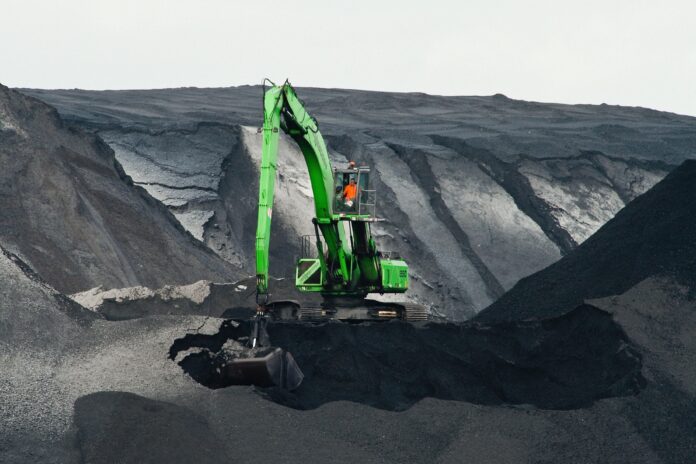Coal is still the mainstay of the country’s income and foreign exchange of Indonesia. This was revealed by the Ministry of Energy and Mineral Resources (ESDM).
The Ministry of Energy and Mineral Resources has set the Reference Coal Price (HBA) in March 2022 at US$203.69 per tonne, an increase of US$15.31 per tonne from last February, which was US$188.38 per tonne.
The Head of the Communication, Public Information Services, and Cooperation Bureau (KLIK) of the Ministry of Energy and Mineral Resources Agung Pribadi said there was an increase in demand from China following the onset of winter.
Moreover, bad weather conditions that have disrupted coal production and transportation activities in several coal-producing provinces have been a factor in rising global coal prices.
Meanwhile, the level of production is still unable to keep up with the high demand. Demand is very high in China, coupled with supply disruptions and higher natural gas prices globally.
Recently, Russia’s invasion of Ukraine since February 24, 2022, has again raised global coal prices. In the Newcastle (Australia) ICE market, contracts in March 2022 have reached a price of US$ 418.75/MT. In fact, according to Barchart.com, the contract price for April 2022 at ICE Newcastle has reached US$ 478/MT.
“The conflict of geopolitical tensions that occurred in Eastern Europe between Russia and Ukraine caused uncertainty in gas supply,” he said in a release, Thursday (17/3/2022).
It is known, several factors such as Russia-Ukraine geopolitics and the Covid-19 pandemic caused coal prices to rise drastically.
The most obvious is the price of coal which has fluctuated in recent years. One example is that in 2021 the government had set the highest reference coal price in November 2021 at US$215.63 per metric ton (MT).
Agung continued, Russia is one of the largest gas producers in the world, so the conflict caused gas supply constraints in Europe.
HBA itself is a price obtained from the average index of the Indonesia Coal Index (ICI), Newcastle Export Index (NEX), Global coal Newcastle Index (GCNC), and Platt’s 5900 in the previous month, with a quality equivalent to 6322 kcal/kg GAR. , Total Moisture 8%, Total Sulfur 0.8 percent, and Ash 15 percent.
Most of the quality coal produced in Indonesia has a calorie level between 4,200 – 5,000 kcal/kg.
The high price of coal commodities due to the current world geopolitical situation can be used as a momentum for the Indonesian government to increase the country’s income and foreign exchange.
Separately, mining observer Ahmad Redi said, during the pandemic, coal has become a source of foreign exchange, and the income derived from this commodity is very helpful for state revenues, which are currently disrupted by the weakening global economy due to the Covid-19 pandemic.
By looking at the ongoing increase in coal, the government must be observant in seeing this business opportunity as the country’s income and foreign exchange.




















